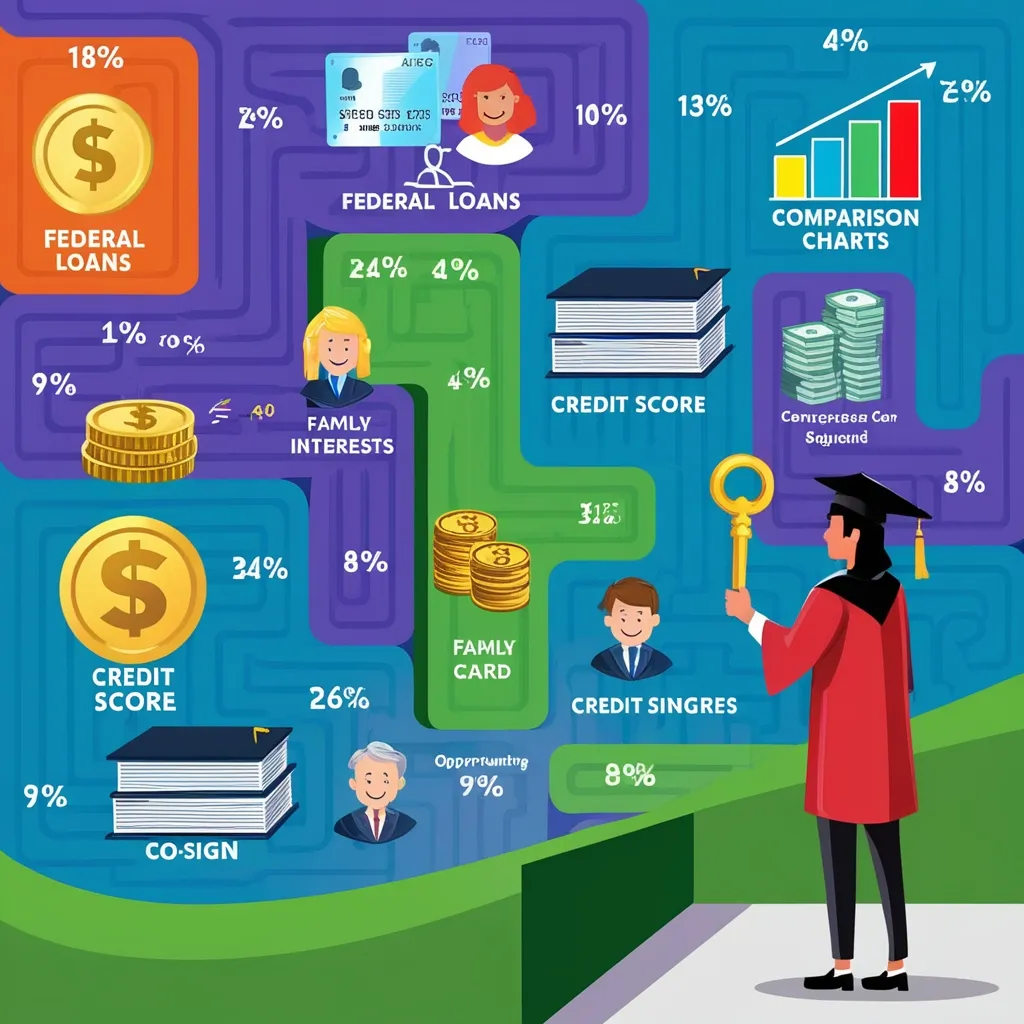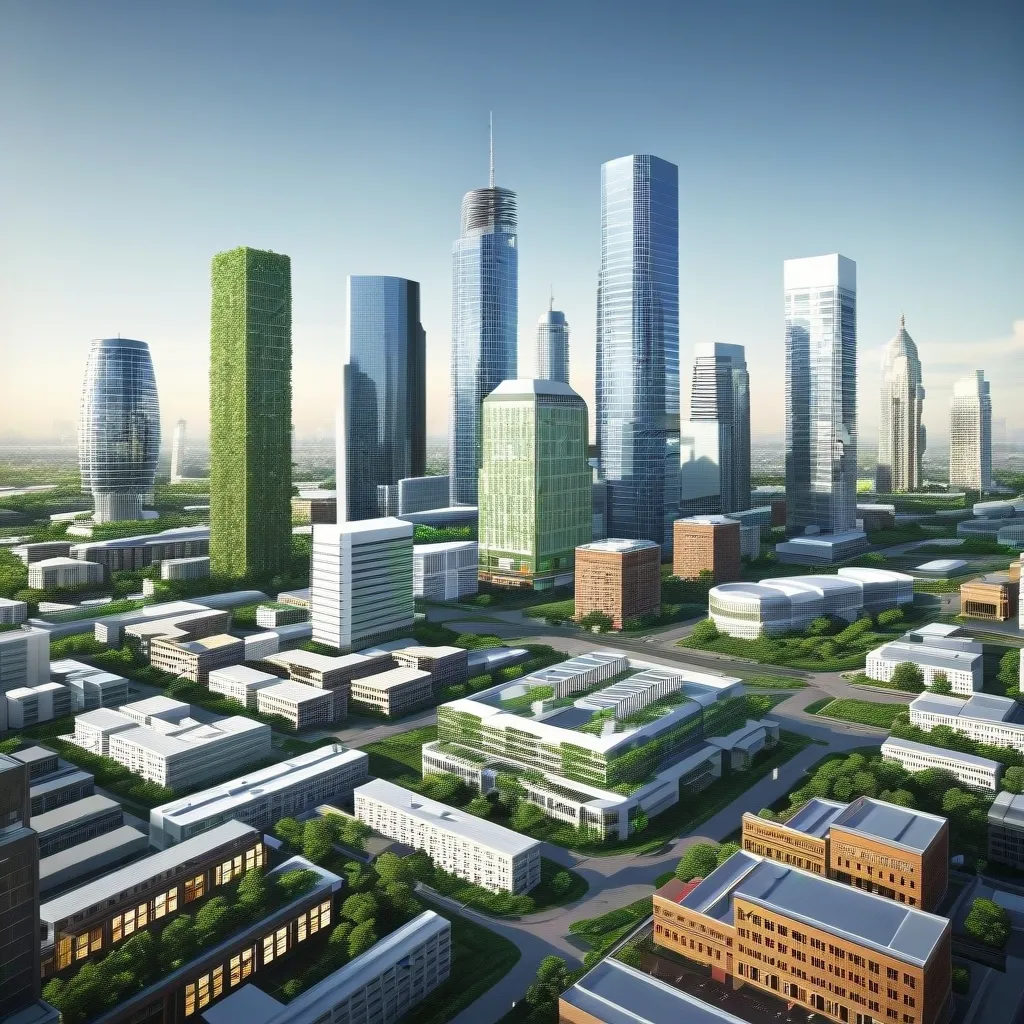Once you start thinking about financing your education, landing the best student loan rates becomes a game-changer for your financial future. Navigating through this process might seem daunting, but with the right approach, you can find the low-interest loans that fit perfectly with your needs.
First things first, federal student loans typically offer the most favorable terms and benefits. If you’re gearing up for the 2024-25 school year, federal loans for undergrads come with an interest rate of 6.53%, usually a sweet deal compared to what private lenders might throw your way. Not only that, but federal loans can also come with lifesavers like income-driven repayment plans and loan forgiveness options. Federal loans are almost always your safest bet to start with.
Now, your credit score is a big deal when it comes to the interest rates you’ll snag, especially if eyeing private student loans. Lenders love to give the juiciest rates to folks with rock-solid financial profiles. Got a stellar credit score? You’re likely looking at a lower interest rate. But if your credit score could use some TLC, don’t fret; some lenders are ready to work with borrowers who have less-than-perfect credit.
Speaking of credit scores, before you jump into the loan application pool, it’s a smart move to check your credit reports for any errors and steer clear of applying for other forms of credit. This can help improve your credit score, which could mean better loan terms down the line. For private loans, a good credit score can be your golden ticket to a lower interest rate.
If you’re just starting out and don’t have much credit history, adding a co-signer with good credit can boost your chances of securing a lower interest rate. This strategy is especially common for those undergrads out there.
When hunting for the best deals, shopping around is a must. Comparing rates from multiple lenders can help you zero in on the best offers. Services like Credible make it a breeze to line up multiple lenders and see your potential options at a glance. Most banks and credit unions perform a “soft pull” on your credit during the initial application process, which won’t affect your score if done within a short time frame.
Considering variable rates might also be a worthwhile gamble for those who can handle a bit of risk. These rates might drop during economic downturns but could also spike. This option can be beneficial if you’re comfortable with the possible swings.
If you snagged a student loan back when rates were high, refinancing might save you some cash - especially if your credit score has improved since then. However, be mindful that refinancing a federal student loan means saying goodbye to benefits like income-driven repayment plans.
Another savvy move is making interest-only payments while you’re still in school. This prevents interest from piling up and can help you manage your debt more effectively. Reducing the total interest amount over the life of the loan is always a win.
A small but mighty trick to pay off your loans faster is to make biweekly payments instead of monthly ones. This approach helps chip away more at the principal rather than just covering interest, which can save you money in the grand scheme of things.
If you come into some extra funds – maybe a tax refund or a one-time bonus – consider throwing that money at your student loans. Directing extra funds toward the principal can knock down your loan balance and shorten your repayment duration.
Setting up autopay could snag you a 0.25% discount on your interest rate. It’s a nice perk offered for federal direct loans and many private lenders. Plus, autopay ensures your payments are timely, helping you dodge late fees.
Staying organized can be your secret weapon in managing your student loans. Keep every piece of mail from your loan servicer, and jot down notes when you speak with them on the phone. This helps you stay on top of any hiccups and make the most out of your repayment plan.
Don’t forget, there’s a tax deduction for the interest paid on student loans. Depending on your earnings and tax filing status, you might be able to claim up to $2,500, adding a bit of relief to your tax bill.
Exercise caution when considering options like credit cards or home equity to pay off student loans. These might end up costing you more with higher interest rates and could spell financial trouble. Stick to reputable lenders with low-interest loans to safely manage your debt.
Knowing exactly what you owe is step one in tackling your student debt. Keep a detailed list of your loans, noting which are private or federal, each monthly payment and due date, current and principal balances, interest rates, and the loan servicer. For federal loans, knowing the type and repayment plan helps you navigate efficiently.
Choosing the right repayment plan is key. Tools like the Education Department’s Loan Simulator can compare different plans, showing you which one suits your financial situation best. It ensures you aren’t overpaying.
Being in touch with your servicer is crucial. Keep your contact information current, open all their mail, and answer calls to stay updated on any potential issues. This proactive stance can nip problems in the bud.
By following these tips, you’re setting yourself up to secure the best student loan rates and handle your debt smartly. Always prioritize federal loans and then explore private options if you need to. Improving your credit score, shopping around, and using mechanisms like autopay can all make your student loan experience less stressful and more affordable.






